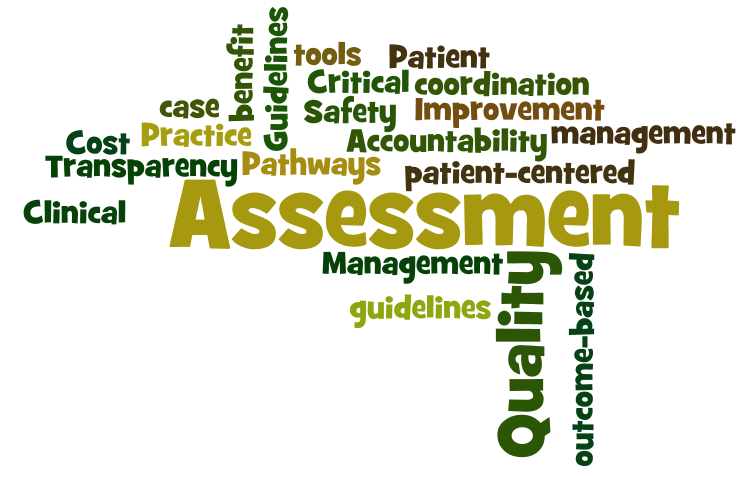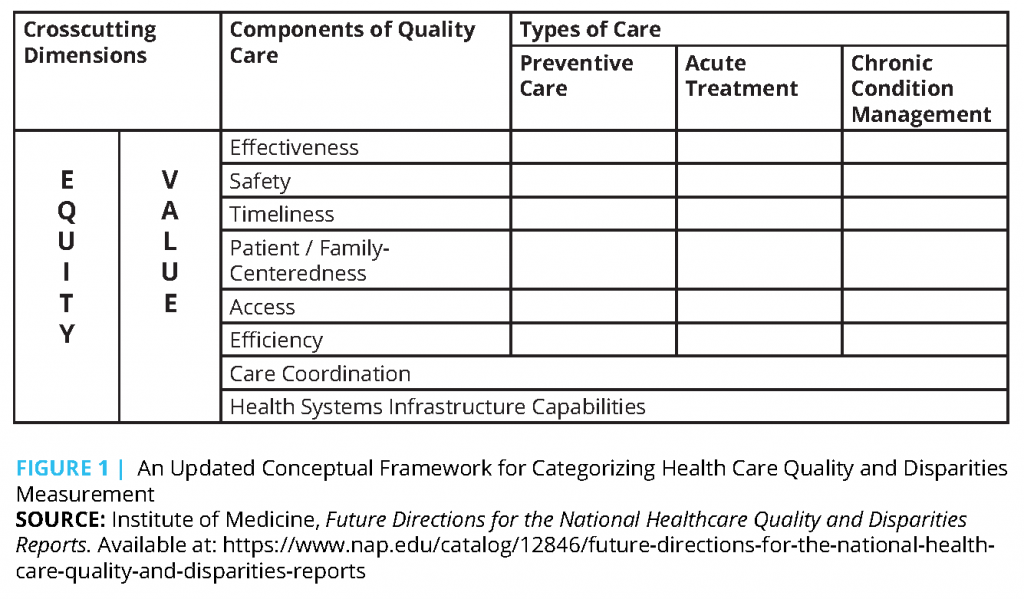In 2020 the typical nationwide expense for medical insurance is $456 for a specific and $1,152 for a family monthly. Nevertheless, costs differ amongst the wide choice of health insurance. Comprehending the relationship between health coverage and cost can help you select the best medical insurance for you. While lots of people get their medical insurance through a group plan sponsored by their employer or union, others buy it themselves.
As a result of the Affordable Care Act (ACA), individuals can acquire specific health insurance coverage through a federal government exchange or market (typically referred to as ACA plans), or they can purchase medical insurance from personal insurance providers. You might be limited to buying medical insurance through a federal government exchange to certain times of the year.
ACA plans are an excellent starting place to understanding specific health insurance options. ACA health plans are classified by metals - what is universal health care. You can discover more about the metallic strategies: Bronze, Silver, Gold, and Platinum. All ACA strategies must cover 10 important benefits, such as coverage for hospitalizations, outpatient and preventive care, maternity and kid services, lab tests, rehab services, mental health treatment, and prescription drugs.
The metal levels assist purchasers comprehend what part of health care costs the plan will pay usually and what part the consumer will pay. The expense of specific health insurance varies. Personal options in protection along with age, income, area, variety of member of the family (if any) included in your protection, health care usage aspect into your real health insurance expense.
What Does What Is Preventive Health Care Mean?
With this details, you can also compare health insurance coverage strategies. Accredited insurance brokers at eHealth deal expert knowledge in available health insurance. They can assist you compare choices to find the budget-friendly health strategy that fulfills your requirements. In exchange for healthcare protection, the insurer charges you a regular monthly.
This average expense does not include individuals who receive federal government subsides. You can discover more about the typical premium cost for ACA-compliant strategies in your state by visiting our resource center or by calling an eHealth insurance agents at the toll-free number on http://sethfsxu544.fotosdefrases.com/the-buzz-on-what-is-holistic-health-care this page. A is the quantity you pay for healthcare services each year before your medical insurance pays its portion of the expense of covered services.
Keep in mind, private medical insurance plans' deductibles vary considerably: some might be as low as $0. and are cost-sharing payments you make each time you get a medical service after reaching your yearly deductible. A is a set amount that you spend for covered health care services. For instance, presume your strategy has a $30 copayment and your physician's visit is $150.
Presume your strategy has a 20% coinsurance and your physician's see is $150. If you: Haven't met your deductible, you'll pay $150 for the visitHave satisfied your deductible, you'll pay 20% of $150 (which is $30) The is a financial security internet. This dollar amount is the most you have to spend for covered services in a year.

Excitement About How Does The Triple Aim Strive To Lower Health Care Costs?
Your deductible, copayments and coinsurance payments count toward the yearly optimum out-of-pocket limit. For the 2020 strategy year, the out-of-pocket limitation for an ACA strategy can't be more than $8,150 for a private and $16,300, as reported on Healthcare.gov. Lots of plans provide lower out-of-pocket limitations. Typically, the more benefits your strategy pays, the more you pay in premium.
To show how these expenses might influence your option of strategies, consider the ACA plans. The Bronze strategy has the most affordable premiums of the ACA metal categories of strategies. The national typical premium in 2020 for single coverage is $448 each month, for household protection, $1,041 each month, according to our study.
However you will need to spend for much of your regular medical care. The strategy pays for preventive care (such as an annual wellness check out, certain screenings and therapy) whether the deductible is fulfilled. A Silver plan may be an excellent option for you if you can manage a slightly higher premium than a Bronze strategy premium to get more insurance coverage payment for medical care.
Family protection averages $1,212 monthly. A Gold plan may be the ideal choice for you if you are ready to pay much more monthly in premiums to have more of your medical care costs paid by insurance coverage than a Bronze or Silver strategy would pay. A Gold plan may be particularly valuable to you if you or your family need regular or extensive medical care.
Some Ideas on When Is Health Care Vote You Should Know
For household coverage, the typical premium is $1,437 monthly. If you can pay for to pay more in regular monthly premium costs in exchange for little medical costs connected to extensive, continuous healthcare, the Platinum plan might be a great choice. In 2020, the Platinum strategy premium averages $732 each month for single coverage and $1,610 each month for household coverage.
Catastrophic plans have extremely low premiums and extremely high annual deductibles ($ 8,150 in 2020). Nevertheless, they pay for preventive care despite the deductible. These plans might be an appropriate insurance coverage choice for young, healthy people. To receive a Catastrophic strategy, you should be under age 30 or be of any age with a hardship exemption or cost exemption (based on job-based or exchange insurance coverage being unaffordable).
Amongst eHealth clients who bought ACA private medical insurance, more than 75% picked Bronze or Silver strategies. Your state might host an exchange for comparing and acquiring ACA strategies or it might utilize the federal exchange at Healthcare.gov. Remember, you aren't restricted to the exchange. The certified insurance brokers at eHealth can assist you discover the very best health plan to meet your health coverage requirements and your spending plan.
You can't control when you get ill or injured, but you do have some control on how much you pay. While an eHealth broker can help you determine potential cost controls for your specific circumstance, here are some methods you might have the ability to decrease your health insurance coverage expenses. If you buy your own medical insurance, you might get help paying for it from a federal government assistance program.
The Ultimate Guide To What Is Health Care Management
The Cost-Sharing Reductions program can reduce the cost-share amount you pay for healthcare. Both of these programs are designed to help people with minimal earnings. You can use this Healthcare.gov tool to see if you are qualified for lower expenses. Every state has a Medicaid program and Kid's Medical insurance Strategy (CHIP) to offer health coverage to low earnings people and families.
You might be qualified for Medicare if you are age 65 or oldereven if you are still workingor any age and handicapped. The standard monthly premium for Medicare Part B (medical insurance coverage) is $144.60 for 2020. The majority of individuals who have operated at least 10 years and paid Medicare taxes do not pay a Part A (medical facility insurance) premium.

The premium is low for high-deductible plans and lots of plans pay for some preventive care. The HSAs are cost savings accounts that you use to spend for medical expenditures not paid by your insurance. You minimize taxes with a health cost savings account since the cash you put in and secure is either tax-free or tax-deductible.